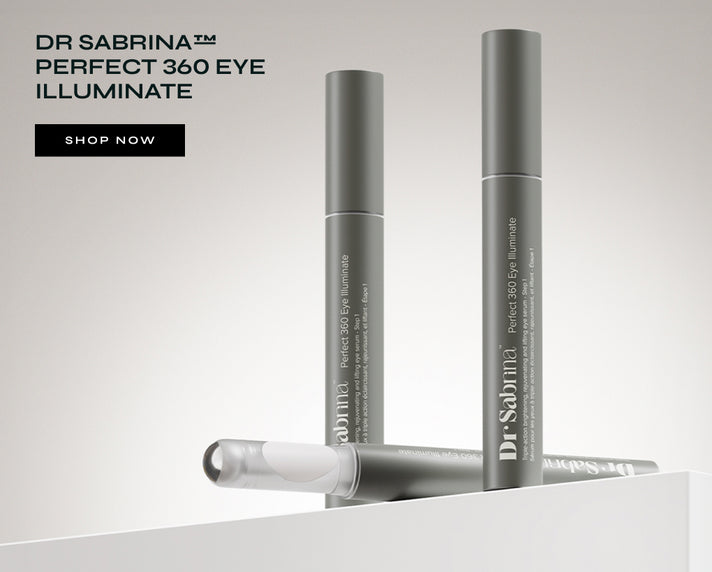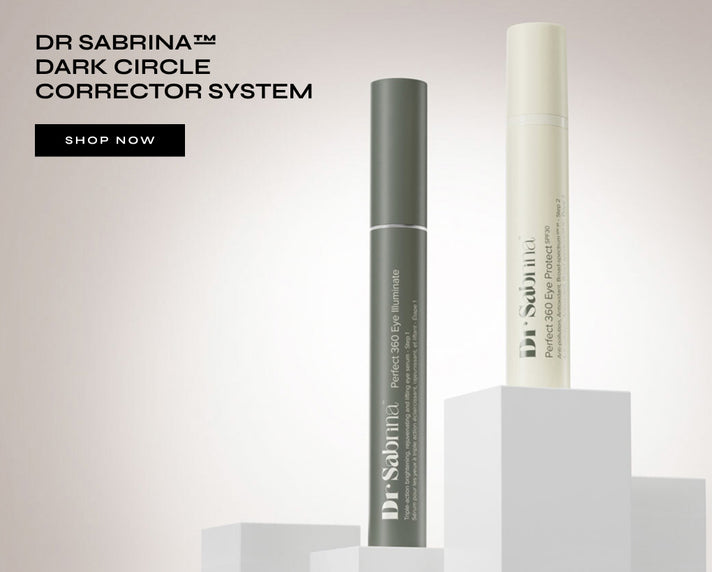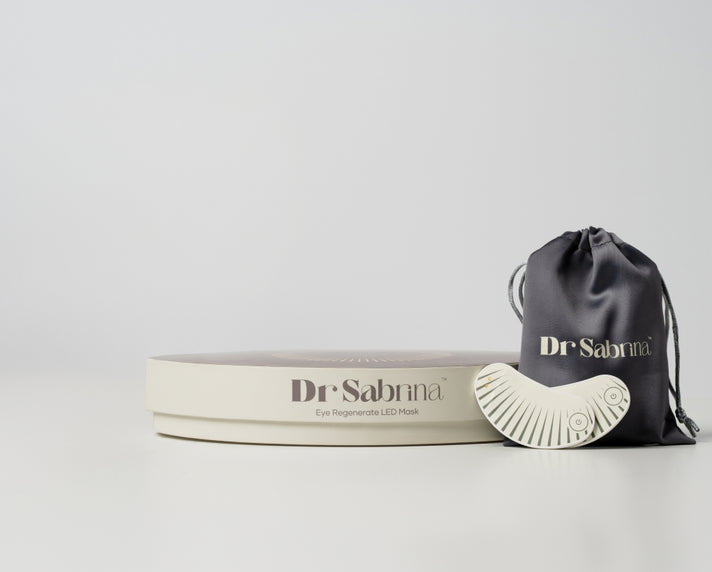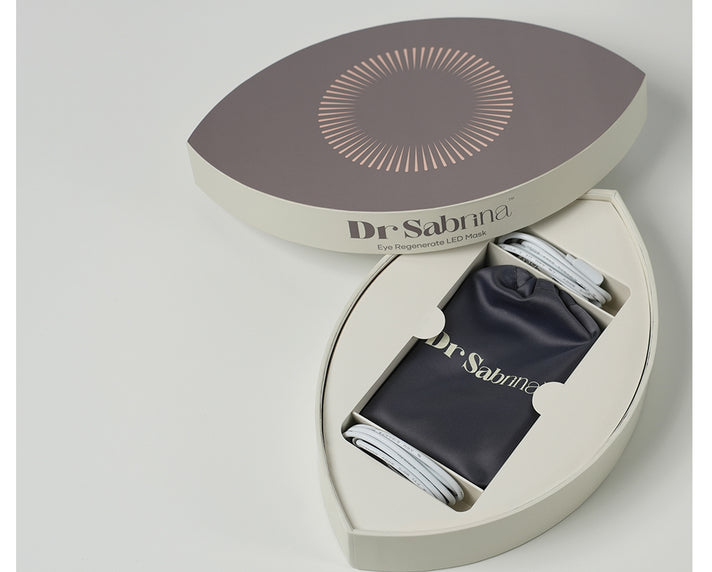
Have you ever wondered why makeup looks flawless on one person but tricky on another? The trick is usually something nobody thinks of eye shape. Like our fingerprints, our eyes come in all different shapes and sizes. Understanding the different eye shapes can give you new ways of enhancing your natural beauty.
If you are interested in learning about your eye shape and name, or simply learning about eye shape types for makeup, you will know it all by the end of this article. There are many styles, from almond to hooded, so let us dive into the fantastic aspect of everyone's unique eyes and see how we can enhance what you have.
1. Almond Eyes
An almond eye shape is frequently referred to as the "ideal" shape as it is symmetrically tapered with visible eyelid creases. It can be versatile and balanced, and often falls into the category of different eye shapes.
2. Round Eyes
Round eyes appear erect and round and display the whites around the iris. They allow for extensive creative makeup looks and can also be balanced out with eyeliner elongation techniques.
Since round eyes are more exposed, they're sometimes more sensitive to common Types of eye infections, making eye care essential alongside beauty routines.
3. Hooded Eyes
Hooded eyes have extra skin hanging over the lid, so the crease is not very visible. Because hooded eyes constitute a different type of eye shape, contouring and shading techniques would often be employed.
4. Monolid Eyes
Monolid eyes do not have a crease, so the lid surface is uniform. This eye shape provides a distinctive aesthetic, lending itself very well to layered effects in colouration.
5. Upturned Eyes
Upturned eyes have an upright angle at the outer corners. Among the types of eye shapes, these are most sought for the more enhanced effect from winged liner.
6. Downturned Eyes
Downturned eyes have an outer corner angle pointed slightly downward. An attractive type of eye shape to work with, downturned eyes can be uplifted by using darker shades on the outer lid angled to create an illusion of a wing.
7. Close-Set Eyes
Close-set eyes are characterised by less distance between each eye, typically less than one eye width. Understanding close-set eyes as one of the different types of eye shapes allows an aesthetic to customise highlights and shadows to achieve an open appearance for spacing.
8. Wide-Set Eyes
Wide-set eyes have increased space between them, typically greater than one eye width. Another variant of the eye shape types, wide-set eyes, looks most flattering with central emphasis, such as smoky eyes or an inside-emphasis look.
9. Deep-set Eyes
Deep-set eyes sit in a recessed position beneath the brow bone. As a type of eye shape, deep-set eyes can be enriched using a highlighting colour on the lid and shading the crease.
10. Protruding Eyes
Also known fondly as "bug-eyed," protruding eyes provide a delightful opportunity to showcase multi-dimensional effects of shadow and highlights to achieve blends.
Many people swear by using a DIY eye mask as part of their skincare routine to reduce puffiness around protruding eyes.
Why Understanding Different Types of Eye Shapes Matters
Application of Makeup
Recognising the types of eye shape you have is beneficial for customising your looks. For example, if you have deep-set eyes, you will place your shadows differently than someone with monolids or vice versa. Understanding the types and names of eye shapes is vital to maximise the enhancement of any look.
Balance of Beauty
Shapes provide balance to the face. Whether contouring or highlighting, the way you adapt to your unique eye shapes is your interpretation. Everyone has different eye shapes, and you can style each eye shape however you see fit.
Expressing Yourself
Knowing the 10+ different types of eye shape allows you to enhance your natural features, making your style a statement of ultimate confidence.
How to Identify Your Eye Shape
- Stand before a mirror and look at your reflection in natural light.
- Determine if you can see your crease in your eyelid. You may have hooded or monolid eyes if you cannot see your crease.
- Observe the angle of your outer corner - does it go up or down?
- Measure from your inner tear duct to your outer corner with your eyes open to determine if the space is wider than or closer than one eye-width.
- Determine if your eye is deep-set or projects beyond the brow bone.
This process will help you determine how to categorise your look into one of the many eye shapes. From there, you can begin researching makeup and grooming techniques customised to your type of eye shape. Many beauty experts suggest soothing tired or puffy eyes with advanced tools like LED eye patches to maintain aesthetics and health.
Makeup Tips for Each Eye Shape
-
Almond Eyes: Minimal effort—enhance natural shape with neutral tones.
-
Hooded Eyes: Use matte shadows above the fold to create depth.
-
Monolid: Go for gradient shimmers and bold liner to bring dimension.
-
Upturned/Downturned: Adjust eyeliner wings to accentuate or uplift.
-
Close-/Wide-Set Eyes: Position highlights or dark shades to balance spacing.
-
Deep-Set/Protruding Eyes: Create an illusion with strategic highlight/contour.
These eye types for makeup strategies are designed to tailor your application, ensuring each look flatters your specific eye shape.
Conclusion
There are several variations of eye shape, including almond, hooded, close-set, and protruding types. Each type lends beauty potential. By understanding eye shapes and their names and using targeted eye types for specific makeup techniques, you can celebrate these parts of your face. And of course, please keep your eyes healthy with the right product tools.
Search for tutorials and product recommendations based on your specific eye shape—your eyes deserve beauty and health.
FAQs
1. How many types of eye shape are there?
There are generally 8–10 commonly recognised types of eye shape, including almond, round, hooded, monolid, upturned, downturned, close-set, wide-set, deep-set, and protruding.
2. Can my eye shape change over time?
While bone structure stays the same, ageing or weight changes may affect eyelid skin, making some eye shapes appear slightly different.
3. Which eye shape is considered most attractive?
Many consider almond eyes highly attractive due to their balanced proportions, but all different eye shapes have unique beauty.
4. How do I know my eye shape?
To determine your eye shape, use a mirror to observe eyelid crease visibility, outer corner tilt, and spacing.
5. Does eye shape affect makeup application
Yes! Knowing your eye types for makeup allows you to apply makeup that enhances your natural features perfectly.












